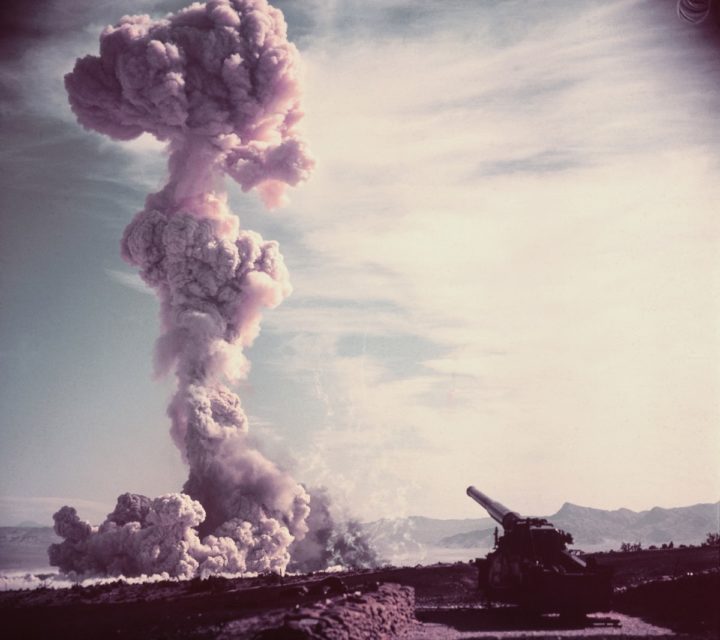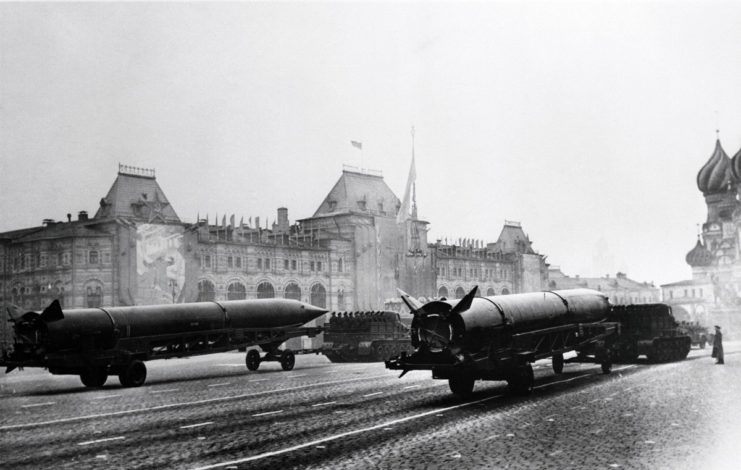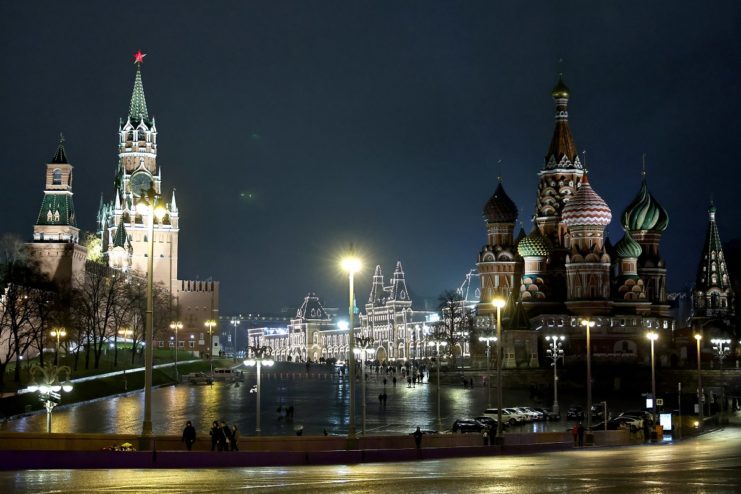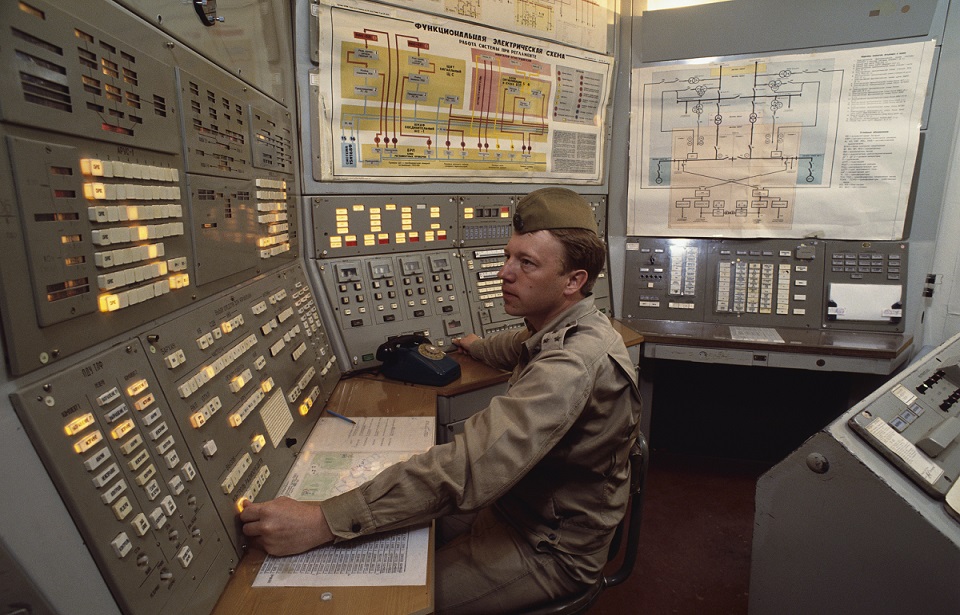Anyone who lived through the Cold War knew about the terrifying prospect of thousands of Soviet nuclear missiles raining down upon cities all over the USA. Many at the time were under the assumption that the Soviet Union possessed many times the number of nuclear missiles as NATO countries, an idea that still continues to this day. However, this was likely the result of an inaccurate US report from the 1950s.
Post-war nuclear development

The US use of atomic weapons at the end of WWII quite literally changed humanity’s path in an instant. The US had tapped into the power of the universe and with it appeared to be unstoppable. The Soviet Union rose to meet this challenge and produced their own nuclear weapons, detonating their first in 1949.
Now both the Soviet Union and the US were in possession of nuclear bombs, just a single one of which had the power to destroy an entire city. However, while the bombs themselves were the result of unfathomably complex scientific research, their delivery methods were still primitive. An aircraft was still needed to fly a bomb to a target and drop it. In essence, the most destructive weapons ever created used the same delivery method as bombs in WWI.
But soon both the Soviets and the United States were working on ballistic missiles; a much better delivery system in pretty much every way. The modern ballistic missile had only come into existence during WWII with the German A-4, more commonly known as the V-2 rocket. Even these early rockets reached speeds of over 3,000 mph and had a 200-mile range.

Ballistic missiles offered many advantages over bombers, as they were much, much faster, could be launched at the press of a button, were virtually impossible to defend against, and didn’t put any crews in danger.
The US and USSR had scrambled to grab as many German rocket scientists when the war ended for their own programs. But the Soviets beat the US to the punch, launching their R-7 intercontinental ballistic missile in 1957.
Peeking over the fence

The two nations now had the most powerful weapons and efficient ways of delivering them. As with any arms race, both sides were eager to know how the other was doing. The US in particular was extremely concerned that their stockpiles were dwarfed by the Soviets, and started investigating the matter.
President and war hero Dwight D. Eisenhower tasked a panel of experts to establish how many ballistic missiles, bombs, and nuclear missiles the Soviets had. On this panel were Herbert York and Jerome Wiesner – the former a talented nuclear physicist and the latter an engineer. These two excellent brains were assigned to the missile part of the investigation.
Immediately they faced difficulties as there were barely any known numbers to work with. They began determining how much factory floor space the Soviets had and with that attempted to figure out the number of missiles that could be built with this space.
But it was basically impossible for them to accurately know how much of this space would actually be used to build missiles, or how much resources and effort the Soviets would put into their construction.
As they were essentially blind, they resorted to producing a worst-case scenario for the president. To do this they used American-level rocket building efficiency, assumed that they would use almost all of the available factory space, and dedicated enough men and materials to the task.
With this, the study indicated that the Soviets could build thousands of missiles over the coming years, or an amount equal to about one missile per day. This number was worrying. Potentially horribly inaccurate, but worrying.
The study wasn’t a complete guess but made several assumptions that turned out to indeed be horribly inaccurate.
Part of the reason for this was because they noticed a discrepancy in the production output of Soviet goods, which they believed indicated large quantities of something secret was being built.
Their findings were placed in Deterrence Survival in the Nuclear Age, which was released in November 1957. This document was meant to be a secret, but the public soon learned of its existence and began to fear that the Soviets had America beat.
Sputnik 1 had launched the previous month, so they were already doubtful of the US’ ability to compete technologically.
The “missile gap” soon followed, which was the idea that the US was lacking in the missile department. This mindset remained for years and prompted the US to amass an enormous stockpile of nuclear weapons.
However, during Kennedy’s presidency spy planes and satellites found that it was actually the Soviets who were the ones lacking, with their stockpiles dwarfed by the United States.
It was later realized that when the 1957 report was published, the Soviets had just four useful intercontinental ballistic missiles. But the fear of that terrifying time still remains to this day, keeping the idea alive that the Soviets were the leaders in the nuclear arms race.
